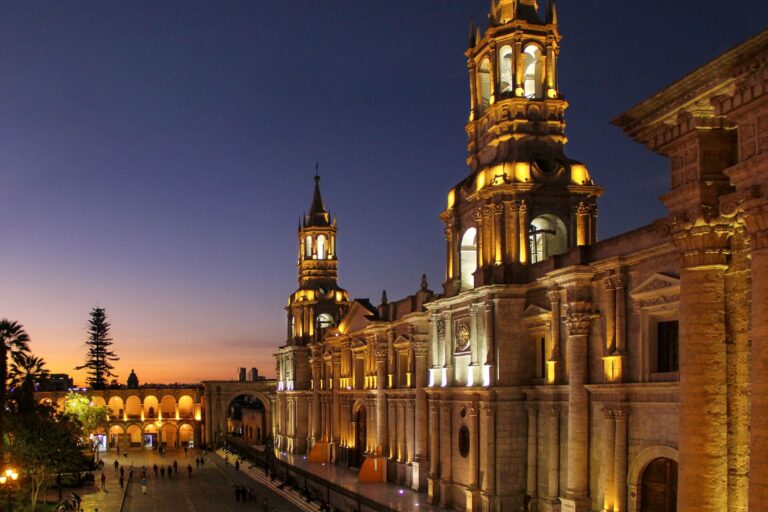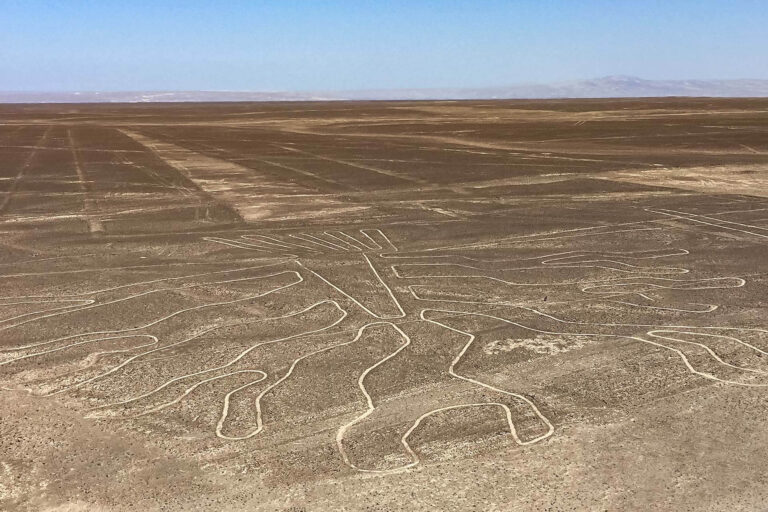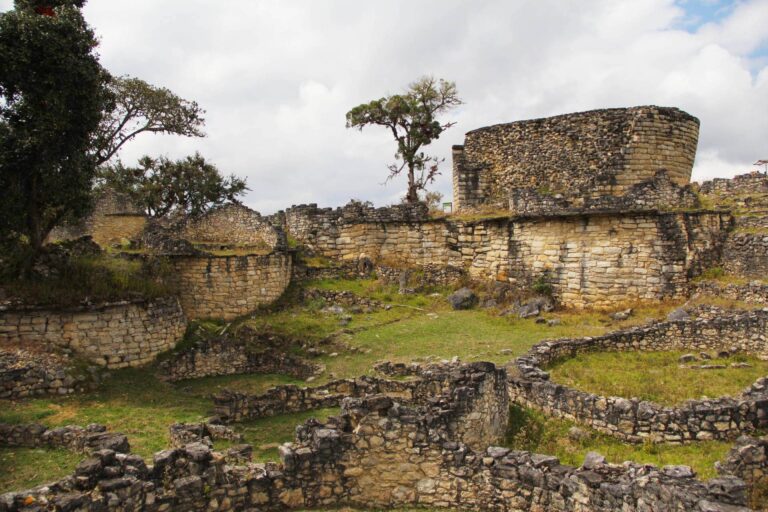This is not a manual on how to take the best photos with animals for Instagram or where to find luxury accommodation. Visiting any part of the Amazon is a perfect idea and a great experience to learn about animals, and plants and to have the chance to meet them face to face. But before you go, you should be aware of some things.
1. Don’t visit rescue centers with bad treatment of animals
It sounds like an obvious thing, but many rescue centers don’t look suspicious at a first impressions. Before you book a tour anywhere in the jungle make sure you know the whole program and google all the names of the places where you would go. Especially rescue centers, for example, there are just a few rescue centers around Iquitos with good treatment of animals and you can find them easily on TripAdvisor with good reviews. There are plenty of centers where the treatment of animals is not appropriate. Most of these centers are promising that the animals are there just temporarily and they will be returned back to the jungle, but wild animals should never be touched and be in small empty cages. If you are planning to go to Iquitos in Peru, please consider not going to the Zoologico de Guistochoca or “Javier” rescue center. This center has been closed two times, but because they paid the local authorities they could open again and again. If you want to see animals from closer I highly recommend going to Mariposario Pilpintuwasi, where instead of animals are in a cage people.

2. Don’t support lodges that are not eco-friendly
Be aware there are plenty of lodges around cities and towns in a jungle that doesn’t respect surrounding nature, for example, Amazon Camp Lodge. They don’t keep the camp clean of trash or they play music really loud at night which disturbs wild animals. Even if some camp or lodge says it’s eco-friendly, always check the reviews online.

3. Make sure they don’t serve you an endangered turtle soup or monkey meat
There are plenty of things you can eat at the markets or restaurants. Turtles eggs, alligators, piranhas, or Suri (fat worms), but keep in mind some animals are supposed to be protected and stay in a jungle.
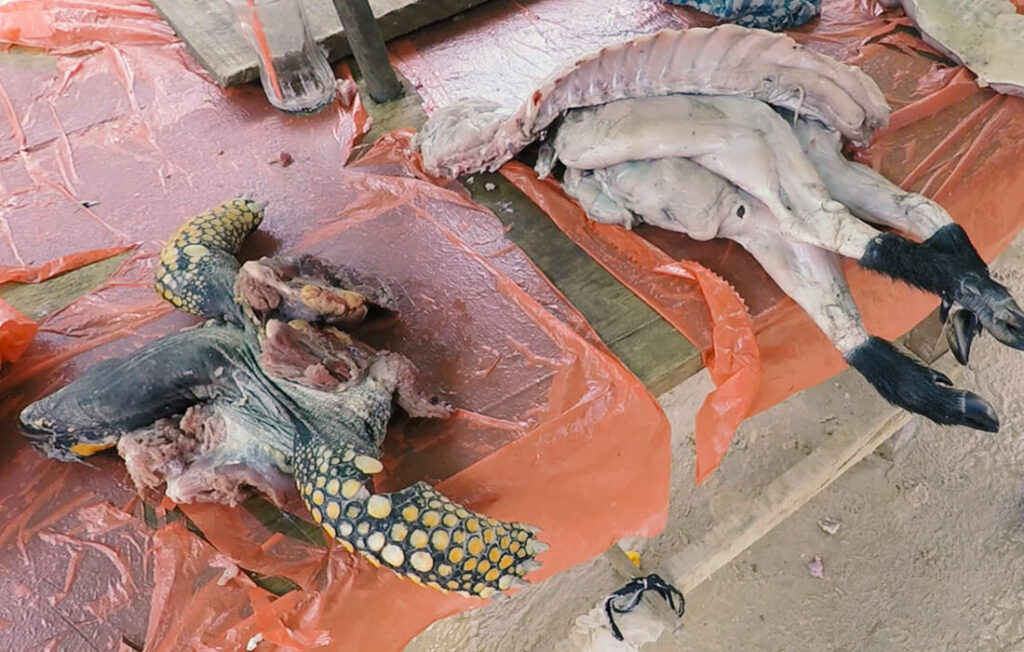
4. Don’t support unsustainable traveling
We have been hearing this a lot lately, but if you are in a unique place like a rainforest with a lot of endangered species, it’s even more important. Protecting our nature has never been more important than it is now. In Peru, there is an older generation of people who have been growing up with a different mindset and for them, everything that moves in a forest is food. For example, one of the activities a lot of tour operators offer to attract tourists is traditional fishing. There are a quite big amount of local people you will see fishing around with their small boats. But this is the way how they can feed their family or sell the fish to local markets for livelihood. Many tourists do this just for fun and it’s already disturbing the ecosystem.
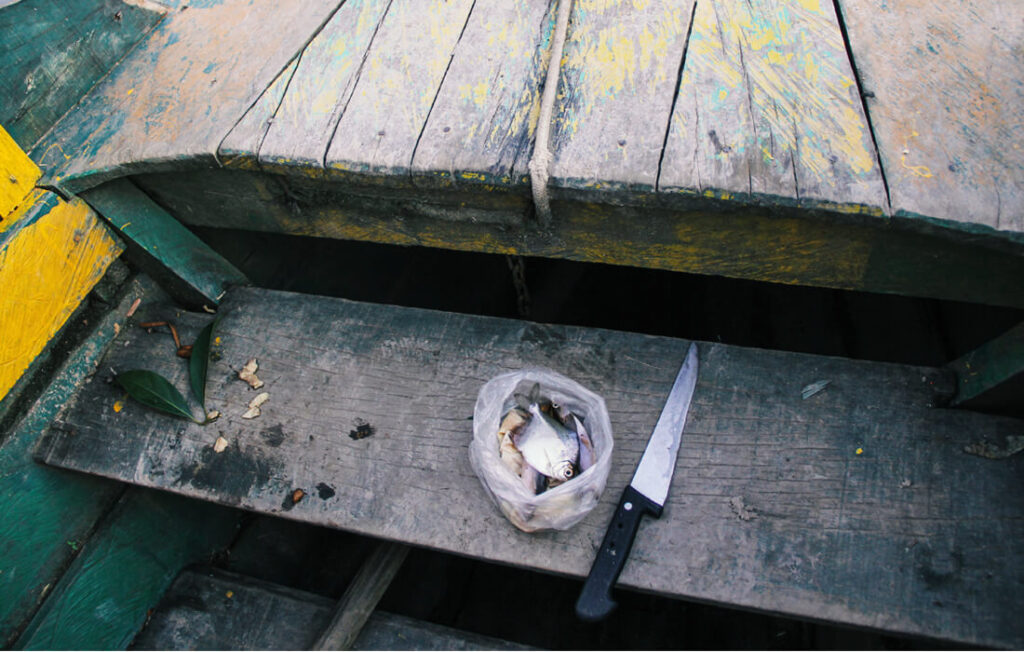
5. Avoid buying hunter’s souvenirs
Maybe you will see some nice products at a store or in a market made of animal fur. Sellers wouldn’t even hesitate to tell you it was made from a real animal, but the problem is there are many illegal hunters and they kill animals just for a few soles. So better stay away from these types of souvenirs. Maybe they won’t even let you pass with them at the airports.


